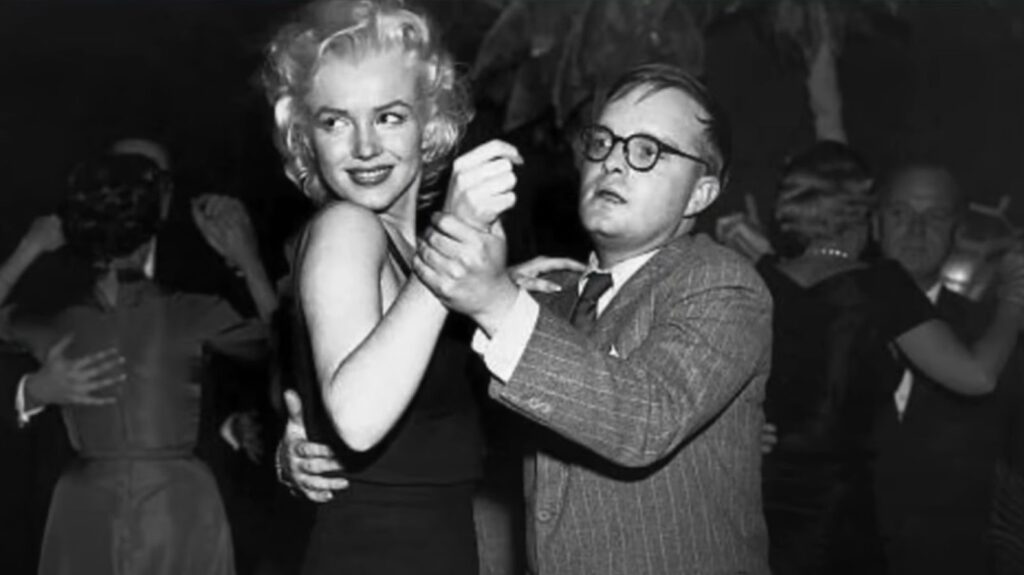With the drama “Feud: Capote vs. The Swans” having graced our screens at the end of January 2024, this has led to many questions as to who the swans are.
With the likes of Babe Paley and Lee Radziwill being just some of Truman Capote’s swans, there are questions as to what it took to be a swan and why most of the swans fell out with Capote.
Truman Capote Was a Writer
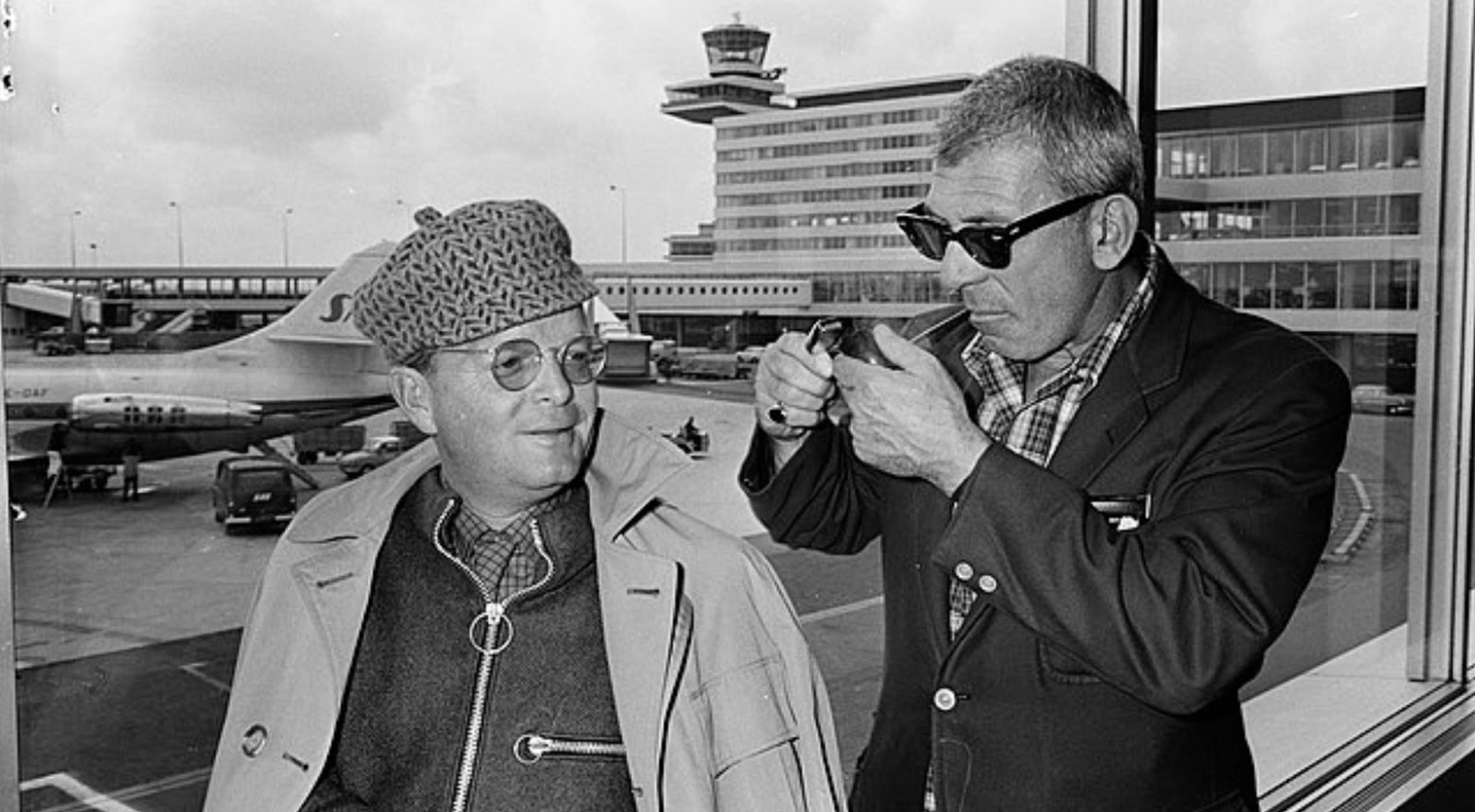
Capote is most famed for being the writer of “Breakfast at Tiffany’s,” and worked as a novelist, screenwriter, playwright, and actor, according to Harper’s Bazaar.
Capote ran in very high-profile circles, consisting of actors, royalty, and business tycoons, and this was how he met his swans.
Capote’s Swans Were His Female Friends
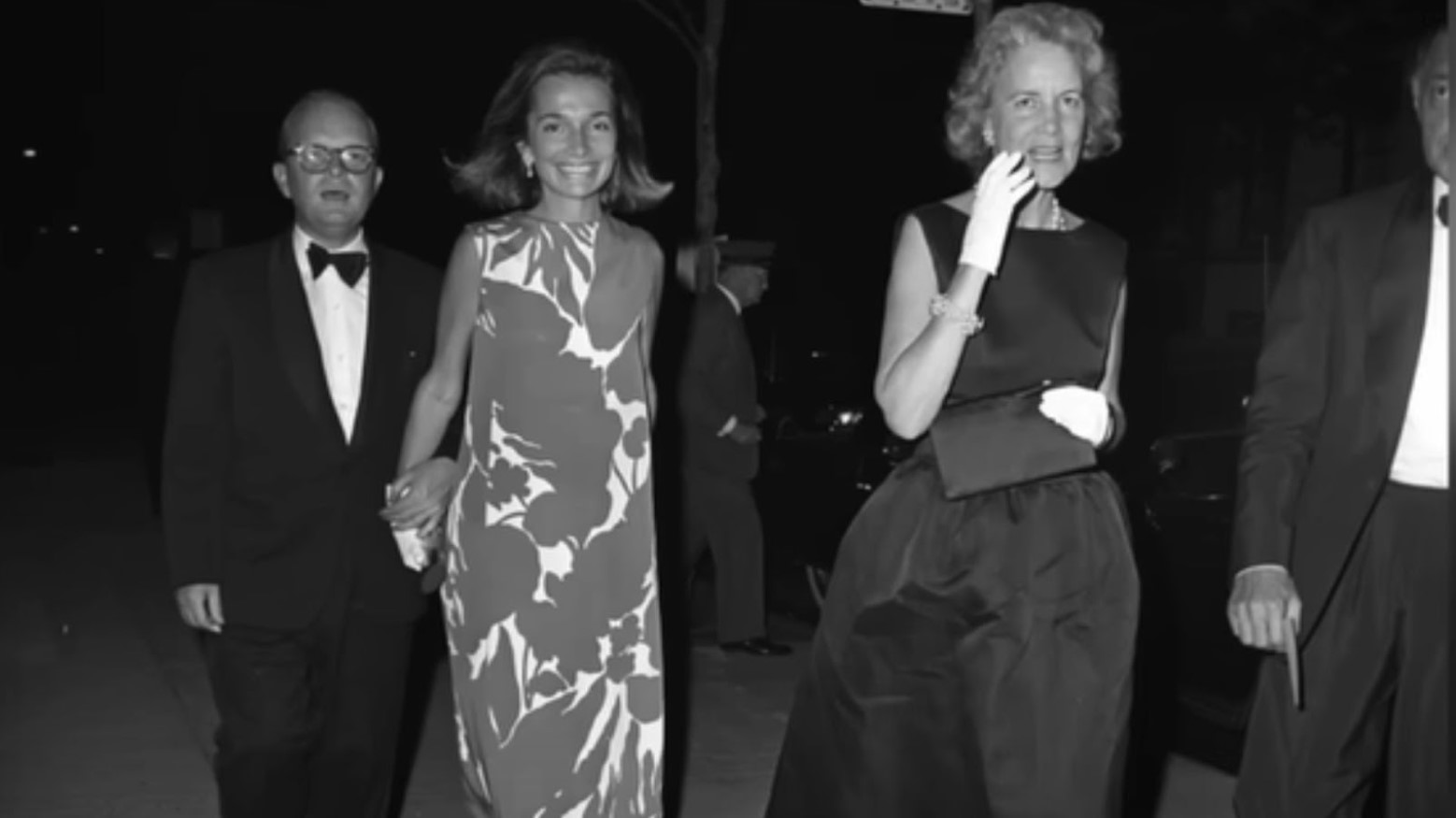
Once his book “In Cold Blood” had been published, Capote was now firmly established as one of the elite.
With his newfound fame, he was able to establish a circle of female friends, who became known as Capote’s swans.
Babe Paley
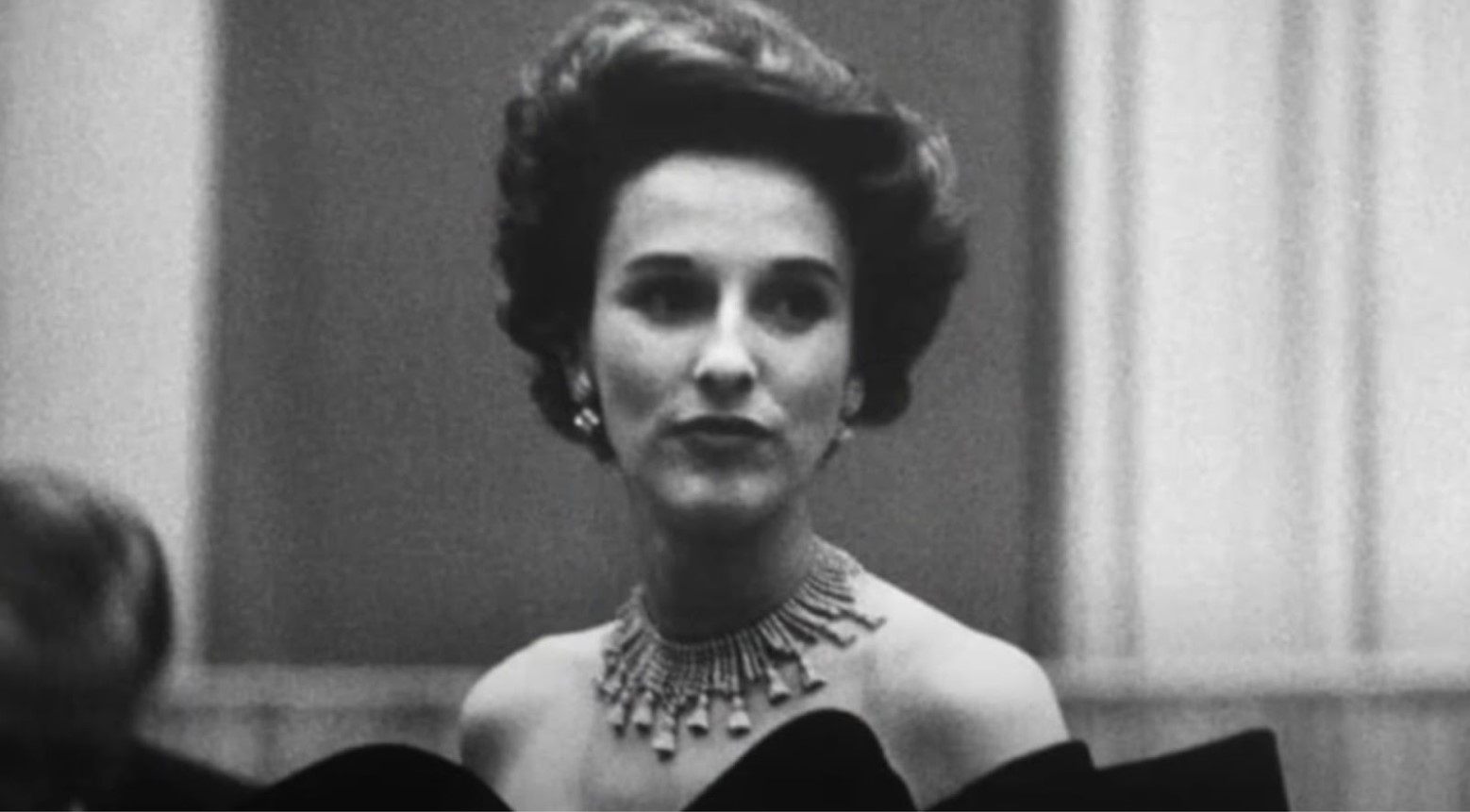
Babe Paley was known as Capote’s favorite swan and was the fashion editor of Vogue from 1938 to 1947.
According to Town & Country, Paley was inducted into the Fashion Hall of Fame in 1958 and set many fashion trends, such as tying a scarf around a handbag. She died in 1974 from lung cancer but made sure her funeral was a stylish one.
Lee Radziwill
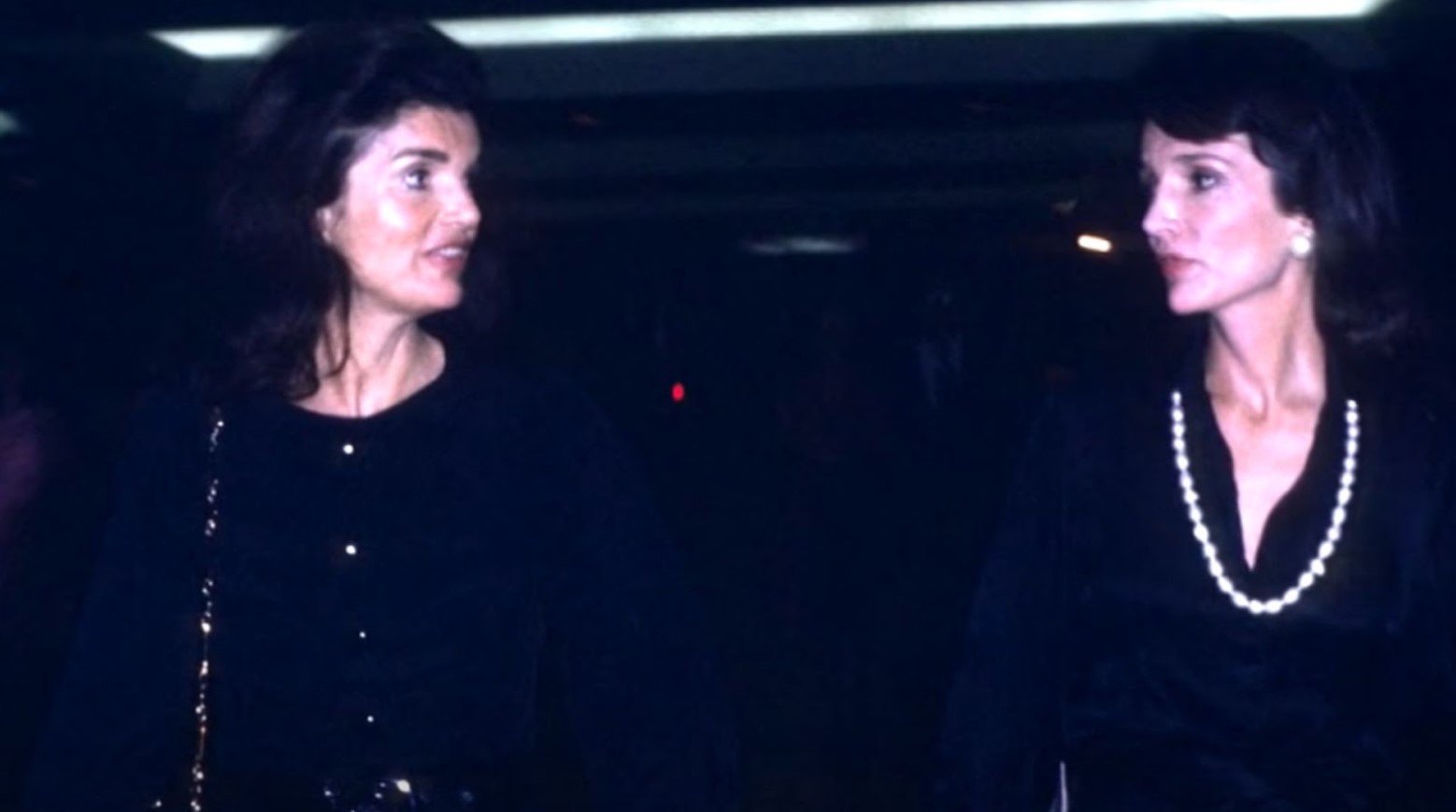
Lee Radziwill was an American socialite and happened to be the younger sister of former first lady Jackie Kennedy.
She was a failed actor and worked briefly as an interior designer. She first met Capote over lunch in 1962, confessing she was jealous of her older sister, according to Town & Country, and despite Capote telling a friend about this confession, the pair remained close friends for a time.
Slim Keith
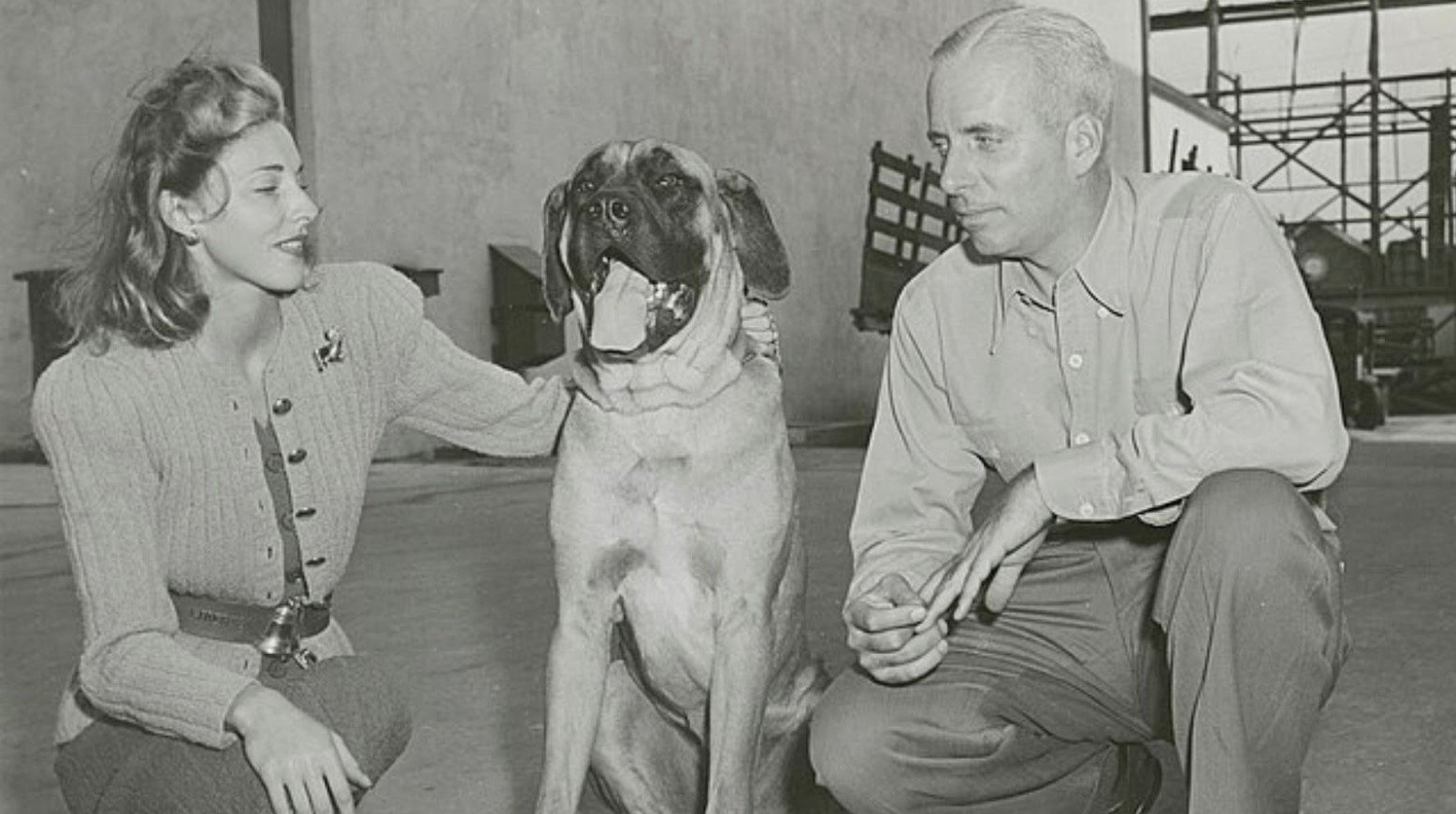
Slim Keith was another of Capote’s swans who was an American socialite, who was often seen to be spending time with the likes of Gary Cooper and Cary Grant.
Having initially been transfixed by Capote when they met at a dinner party, the pair later fell out after the infamous
“La Côte Basque, 1965” excerpt from an unpublished book was released, as reported by Town & Country.
C. Z. Guest
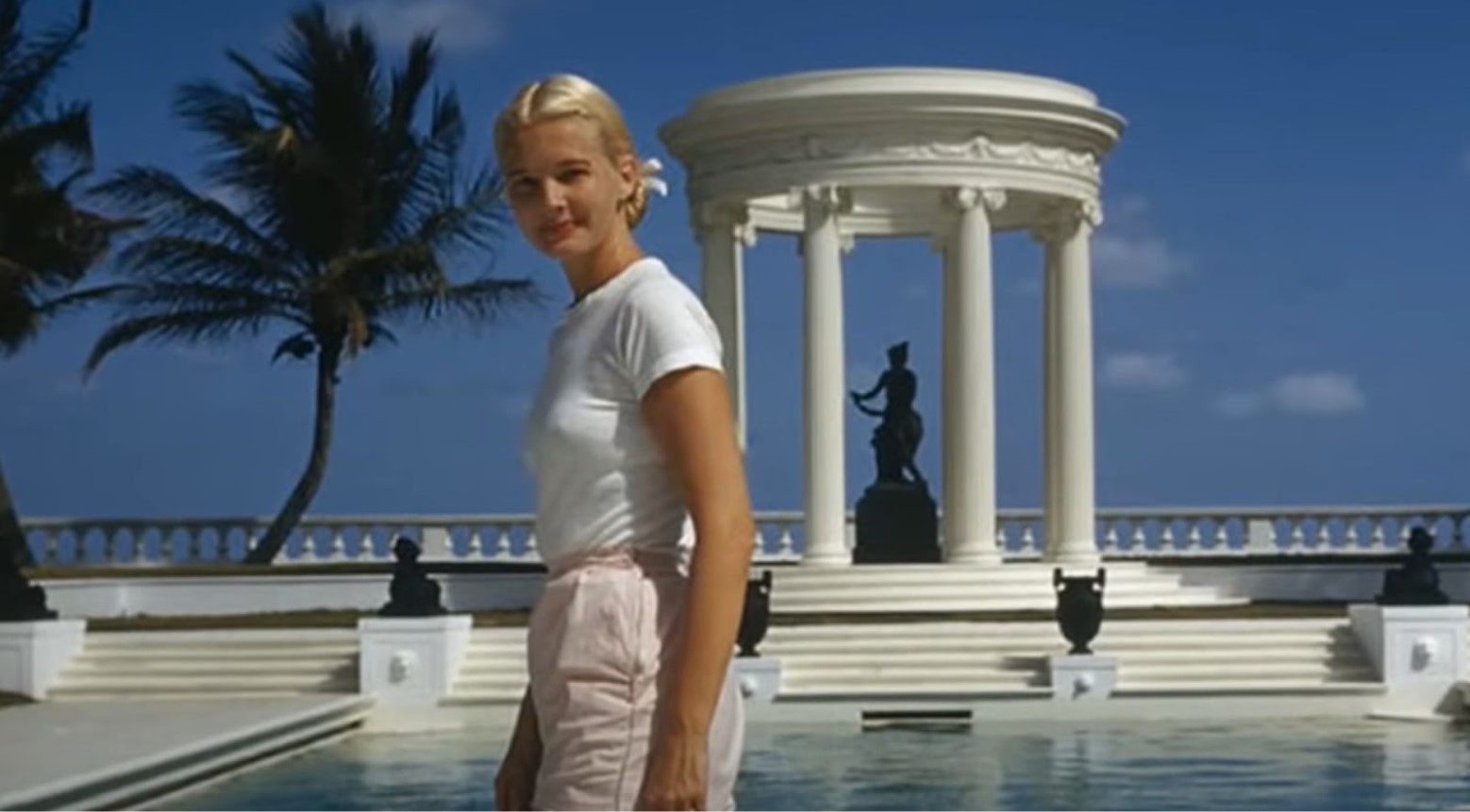
C. Z. Guest was an actor and sat for many portraits, including an infamous one of her nude that was painted by Diego Rivera but was then bought by her future husband’s family, according to Architectural Digest, with the reasoning for the purchase unknown.
Guest also sat for Beaton, Slim Aarons, and Andy Warhol, and was the only one of the swans to not cut contact with Capote when the excerpt was released.
Ann Woodward
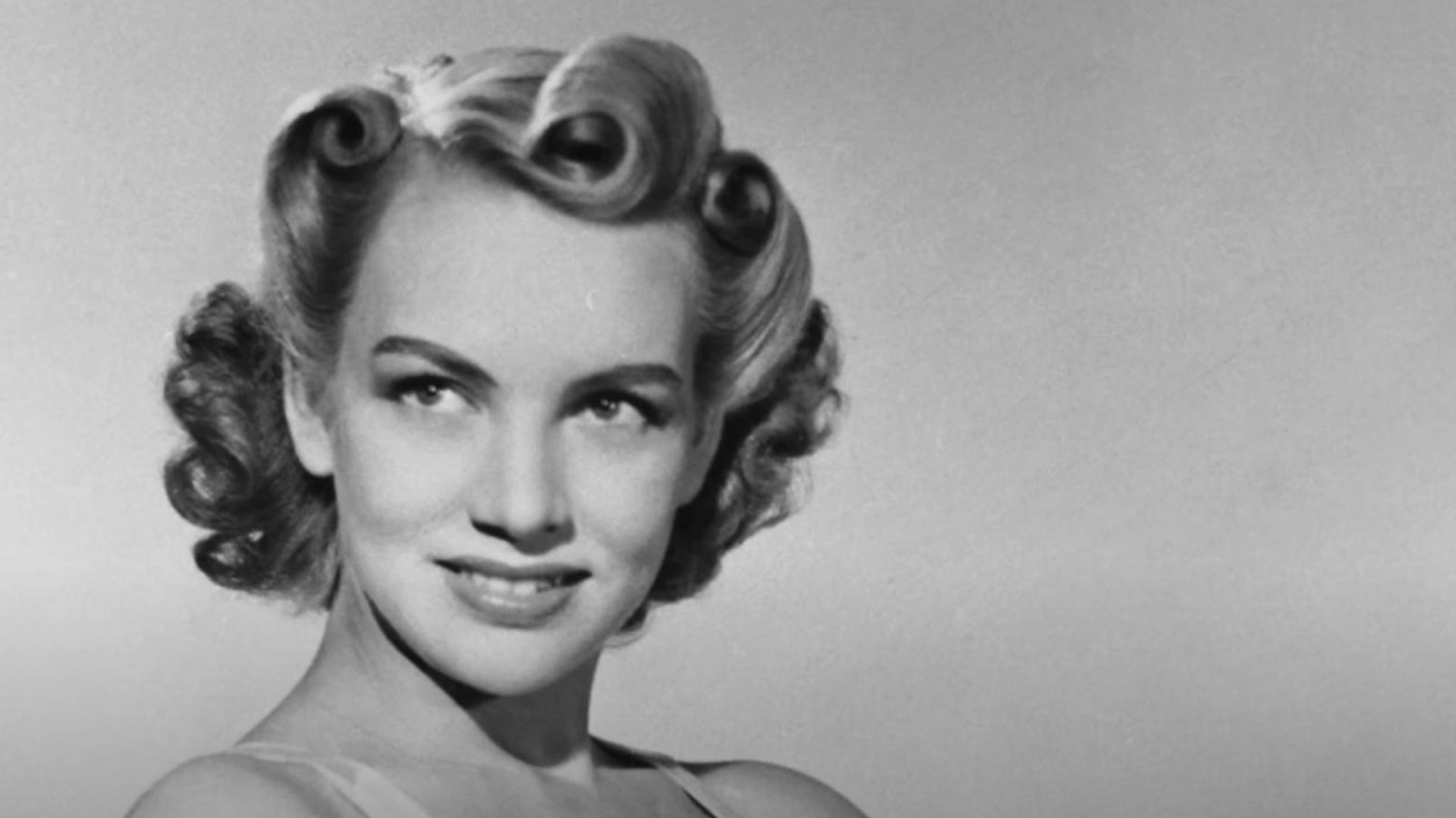
Ann Woodward had a troubled life and started as a radio actor, which resulted in her being named the most beautiful girl on radio in 1940, according to Biography.
However, her life took a dark turn in 1955 when she shot and killed her husband when she thought he was a burglar. Despite this, she was found not guilty of this crime.
Gloria Guinness
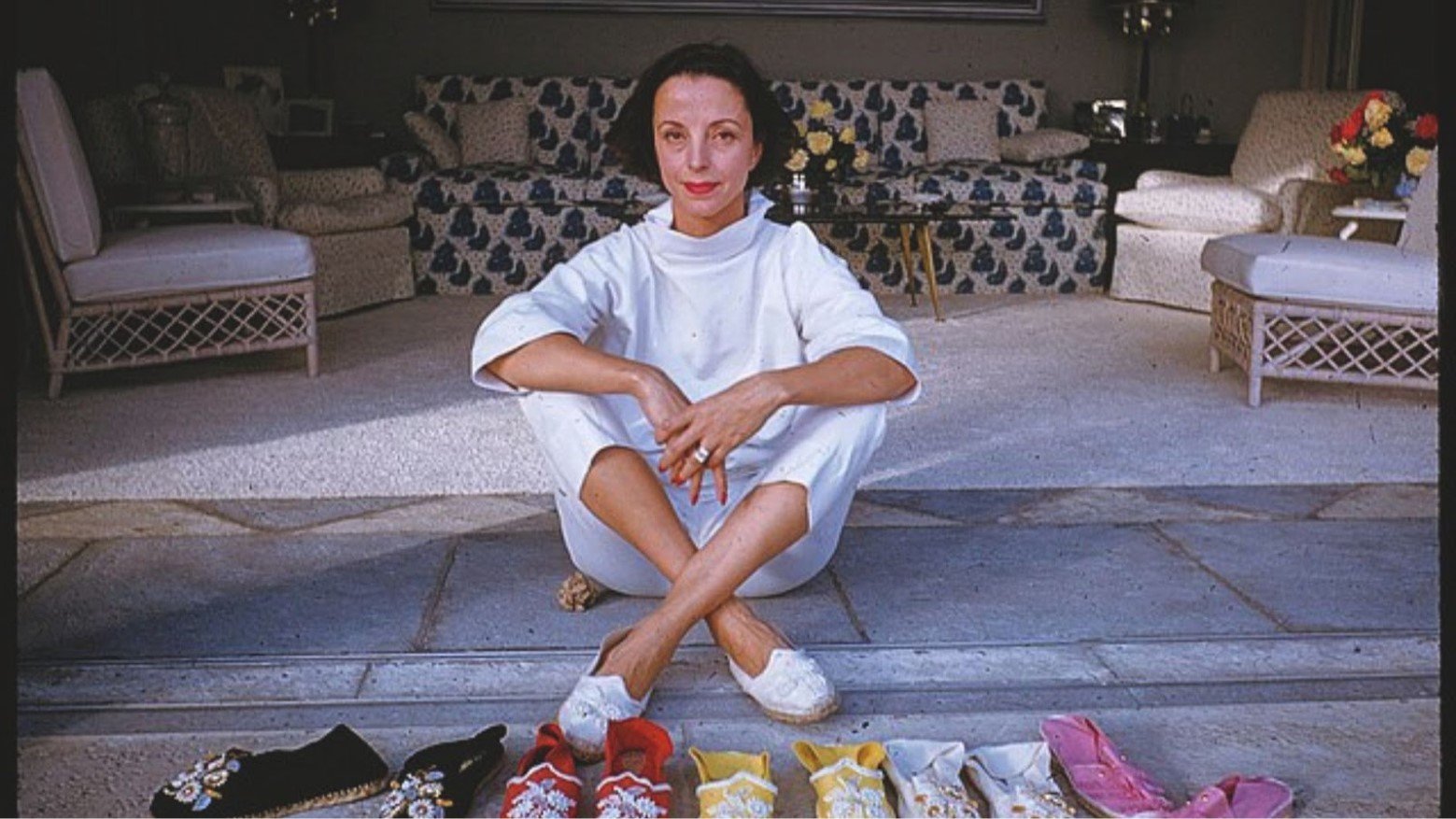
Having been referred to as the “most elegant woman in the world” by Eleanor Lambert, according to Women’s Wear Daily, Gloria Guinness was often accompanied by Capote to many parties and trips on her yacht.
Her Mexican heritage was often hidden, and she is remembered as a style icon.
Marella Agnelli
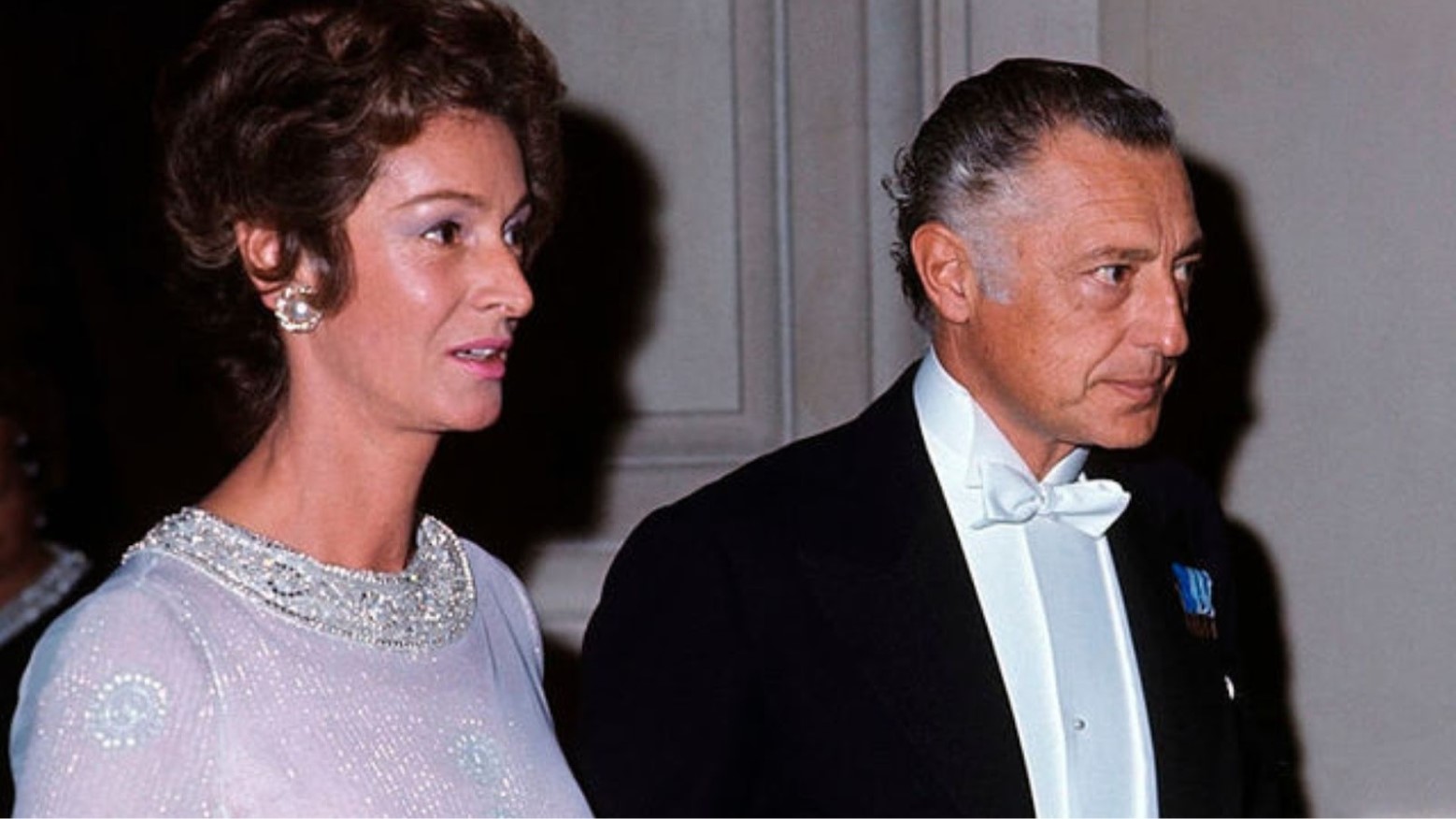
Marella Agnelli first met Capote in the late 1950s, and according to Vanity Fair, she considered him to be a “young genius.”
She was a creative and restored a villa in Marrakech. She also had portraits of her done by the likes of Andy Warhol and Richard Avedon.
Pamela Harriman
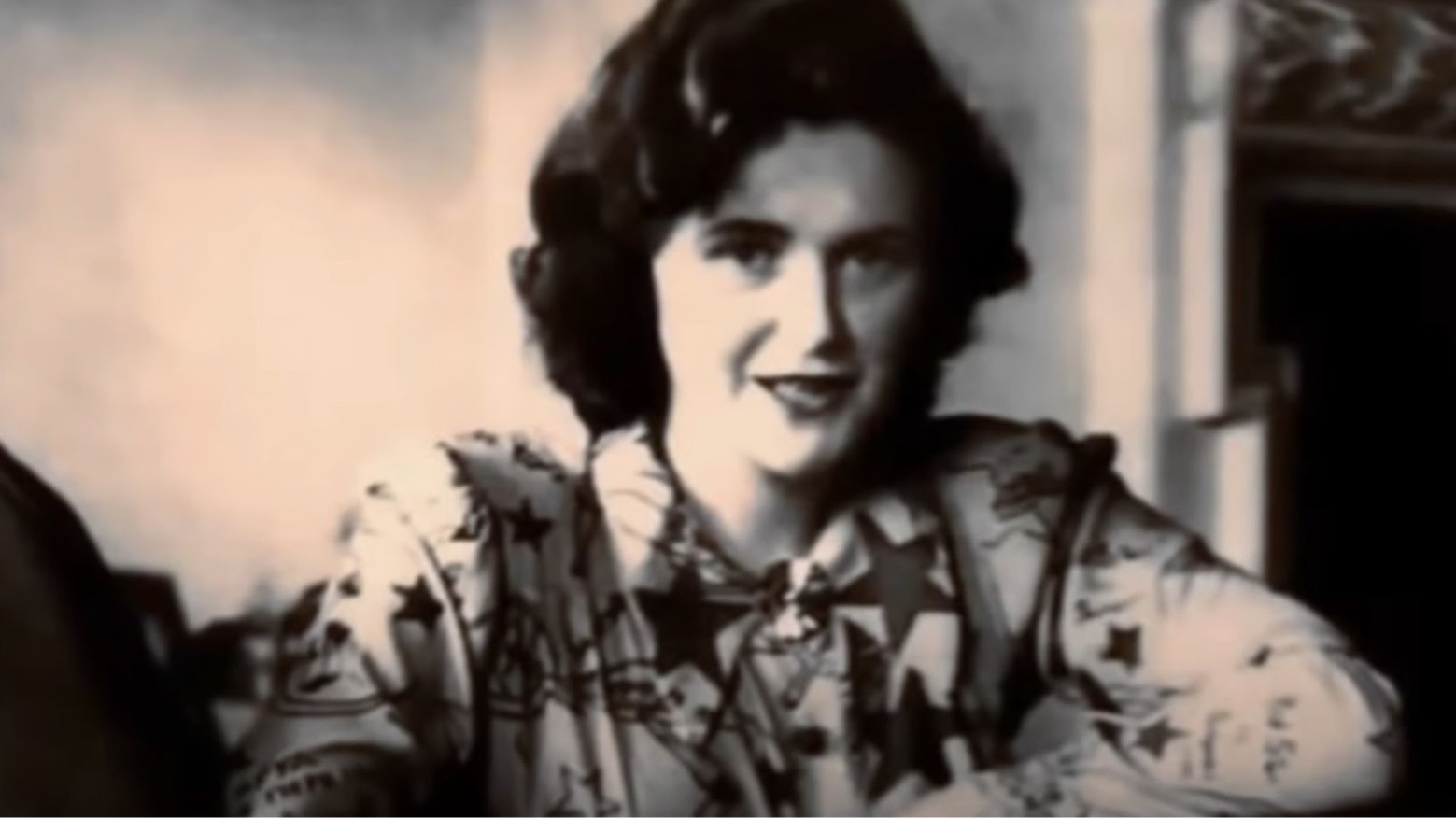
Pamela Harriman was never considered as the most beautiful or elegant of the swans, however, she was known for being the most charming.
It was her second marriage to Leland Hayward that caused an issue among the swans, as he had previously been married to Slim Keith, and Harriman had met him while they were still married.
La Côte Basque, 1965
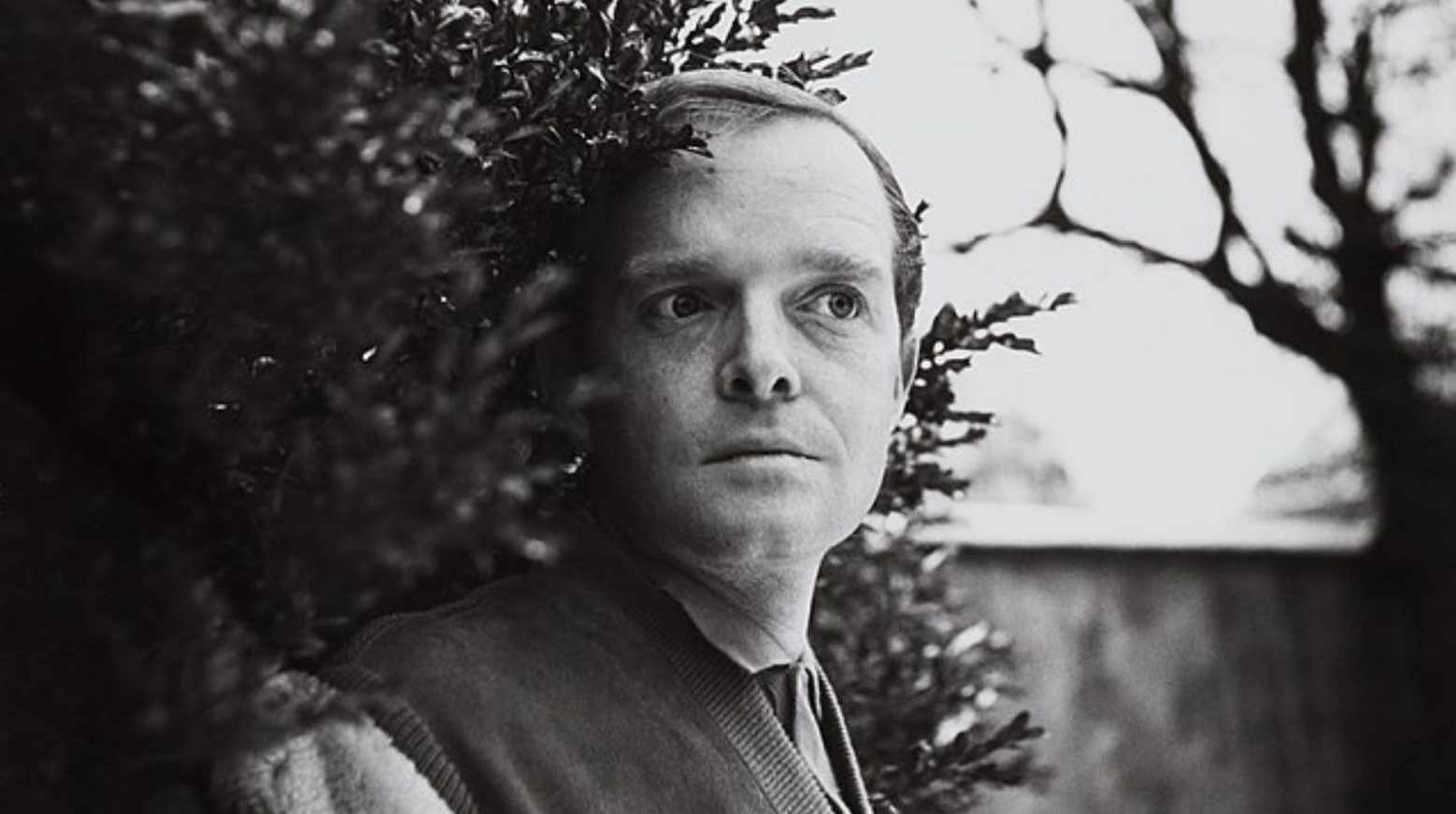
It was Capote’s release of the chapter from his unpublished and unfinished book “Answered Prayers,” which was titled “La Côte Basque, 1965,” that created a feud between Capote and his swans, as he had used damaging confidential information about them in this chapter of the book.
He released the chapter in 1975, and the results were catastrophic. According to the New York Post, it destroyed his friendships, reputation, social standing, and desire to write. The only swan not to desert him was C. Z. Guest.
The Legacy of Truman Capote
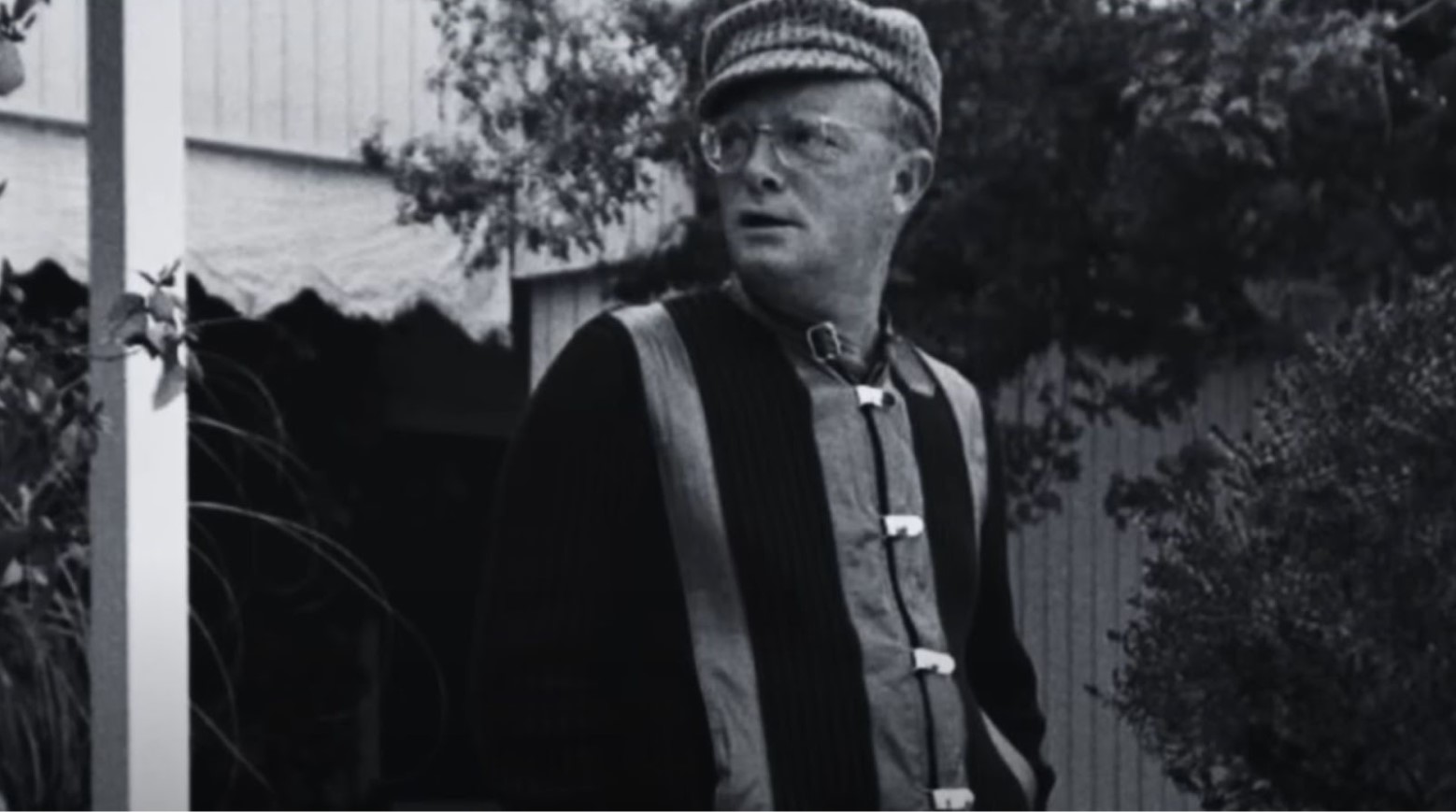
While the release of “La Côte Basque, 1965” saw a quick downfall in Capote’s writing career and standing in social circles, he has left behind a long-lasting legacy.
According to Biography, Capote’s life has influenced various books and movies, along with the recent limited TV series “Feud: Capote vs. The Swans.”


